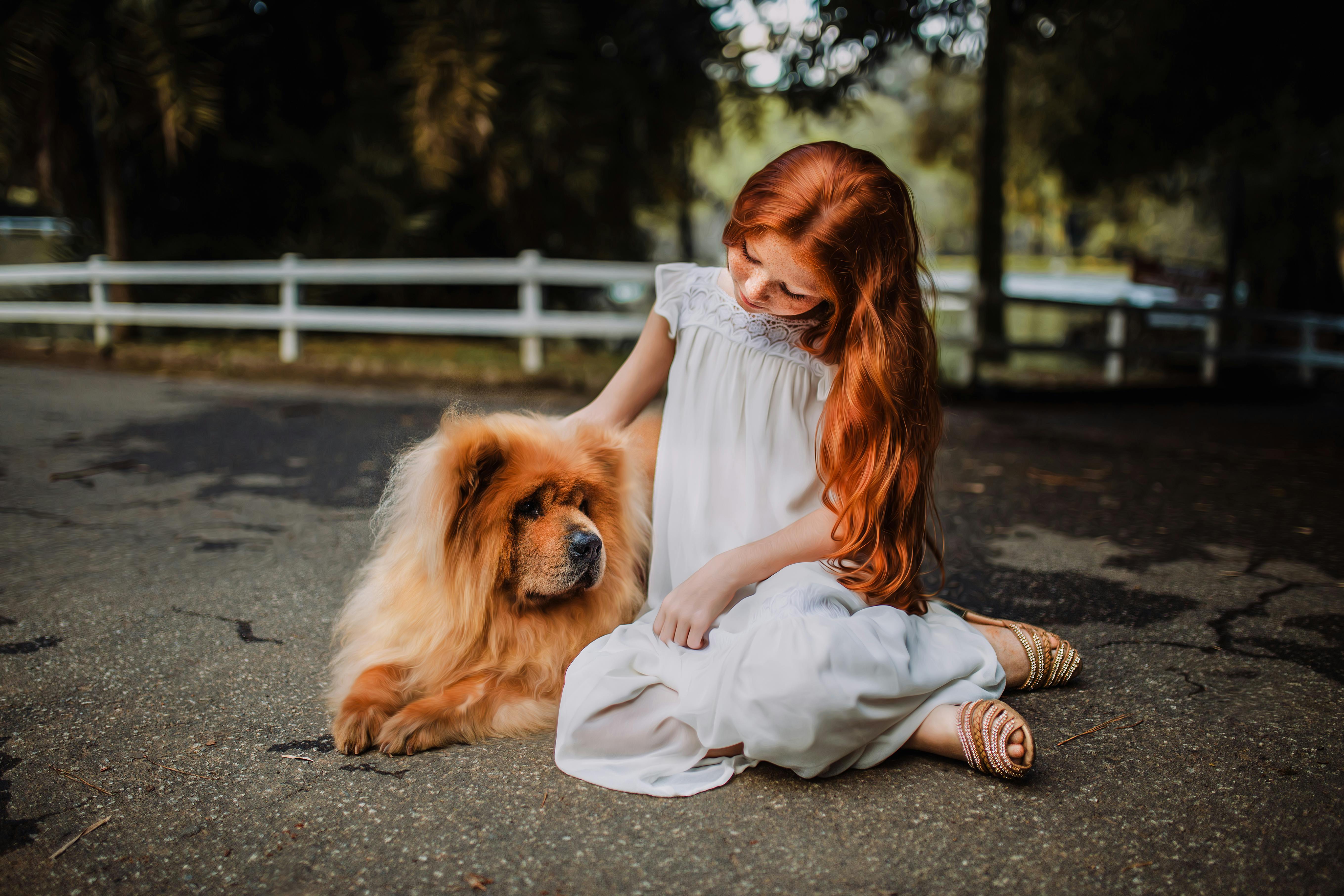There are three important categories to help restoration contractors and insurance adjusters determine the area of work and procedures that will be needed to accomplish safe and effective flood or water restoration of structures and contents. Water damage restoration falls into three basic categories for a typical water damage project.
category 1– clean water.
Examples of clean water sources can include: broken pipes, bathtub overflows, sink overflows, many appliance malfunctions, rainwater runoff, broken toilet tanks, and even toilet bowls in some cases.
category 2: gray water.
Gray or unsafe water contains some degree of contamination. Some examples of contaminated “gray” water might include: an overflow from a dishwasher, washing machine or toilet bowl, a broken aquarium, and perhaps a punctured water bed. Greywater in flooded structures is significantly aggravated by time and temperature.
category 3–black water.
Very unsanitary and grossly “black” water arises from large amounts of sewage entering a structure. This category also includes all forms of surface groundwater arising from rivers or streams, as well as seawater. This will also include all forms of sewage overflow or damage. In situations where structural components and/or contents have been heavily contaminated with materials such as pesticides, heavy metals, or toxic organic substances, water damage is known to be “black” water.
If you are unlucky enough to find any of the listed damage. The proper protocol is to start the antibacterial drying, cleaning and sanitizing process as soon as possible. Therefore much of the structure and substructure can be saved from any further damage.


